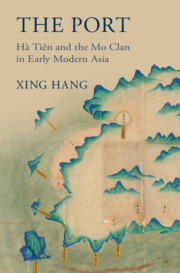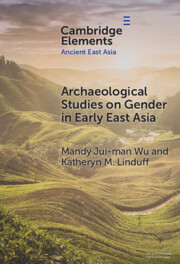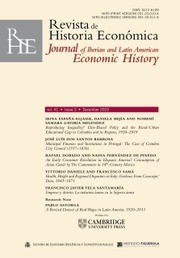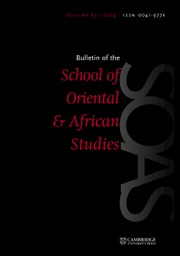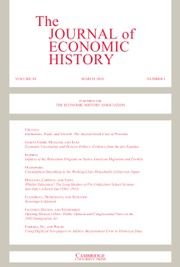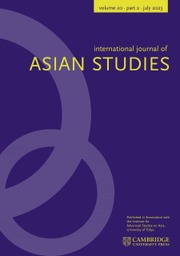The Port
The Port (present-day Hà Tiên), situated in the Mekong River Delta and Gulf of Siam littoral, was founded and governed by the Chinese creole Mo clan during the eighteenth century and prospered as a free-trade emporium in maritime East Asia. Mo Jiu and his son, Mo Tianci, maintained an independent polity through ambiguous and simultaneous allegiances to the Cochinchinese regime of southern Vietnam, Cambodia, Siam, and the Dutch East India Company. A shared value system was forged among their multiethnic and multi-confessional residents via elite Chinese culture, facilitating closer business ties to Qing China. The story of this remarkable settlement sheds light on a transitional period in East Asian history, when the dominance of the Chinese state, merchants, and immigrants gave way to firmer state boundaries in mainland Southeast Asia and Western dominance on the seas.
- Shows how non-state actors coexisted and competed with states in the early modern world
- Draws on documentary research and fieldwork research in Chinese, Khmer, Vietnamese, Thai, Malay, and European languages
- By situating the Mo clan in global history, Hang provides a fresh understanding of the making of the present-day world order
Reviews & endorsements
‘A fascinating historical exhumation of a port known to specialists, but not to the general public (though by virtue of its importance, as Xing Hang shows, it should be). A truly interesting read.’ Eric Tagliacozzo, Cornell University
‘In The Port, Xing Hang provides a tour de force history of the rise and fall of Hà Tiên, a Chinese creole frontier entrepot on the Vietnamese-Cambodian border during the seventeenth and eighteenth centuries. Based on meticulous research in multiple languages, this book adds significantly to recent scholarship on the New Qing Maritime History and the Chinese diaspora by skilfully analyzing the complex interconnectedness between Chinese officials, merchants, refugees and poets, pirates, Buddhist monks, and French Catholic priests, as well as indigenous Viet, Khmer, and Austronesian populations. The author writes in an engaging and thought-provoking style that will make this book a must read for students and scholars interested in Asian history and comparative studies.’ Robert J. Antony, Guangzhou University
‘This study of Ha Tien (in modern Vietnam) shows how the Mo clan drew on the networks of trade, ethnicity, kinship, and Chinese culture to create a cosmopolitan hub that retained its own distinct identity. It is a major contribution to our understanding of the ‘water world’ in early modern Southeast Asia.’Barbara Watson Andaya Barbara Watson Andaya, University of Hawaiʻi at Mānoa
Product details
November 2024Hardback
9781009426985
374 pages
235 × 159 × 25 mm
0.67kg
Available
Table of Contents
- Introduction
- 1. The port before 'the port'
- 2. Managing hybridity
- 3. Situating space through verse
- 4. Ambiguous associations
- 5. A port with many faces
- 6. The business of business
- 7. Clash of the titans
- Conclusion
- Glossary.

